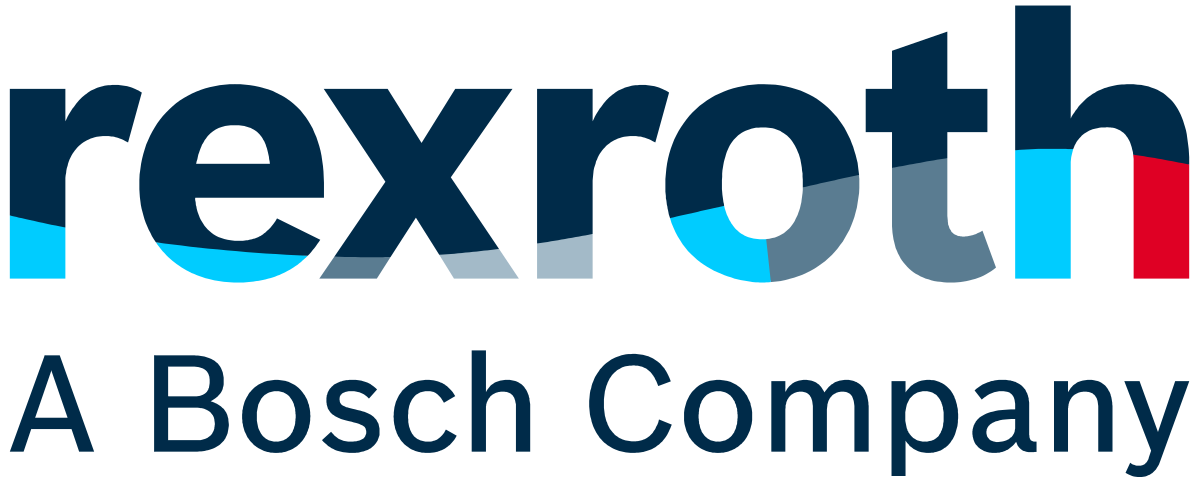- Industries
- Manufacturing
MANUFACTURING

What are the market trends?
Manufacturing companies are experiencing the pressure of increasing competition and high costs of raw materials. This brings the companies to take measures to improve internal efficiency to become more profitable. Additionally, maintaining a good customer relationship is key to increasing customer lifetime value.
Digitizing the manufacturing processes is a big step to take. However, it doesn’t mean everything can and should be done at once. Start with the fundamentals by aligning commercial processes and centralizing the most important customer information and interactions, then continue building on that to connect the dots.
At Elixir, we advise manufacturing companies on how to re-define their digital processes and systems in order to get to their 360° view on the customer and therefore to outsmart their competition.Solutions for the manufacturing industry
-
Creating a 360° customer view
Manufacturing companies often offer a broad variety of different products. Take a consumer electronics manufacturer, for example. Their product range can go from laptops, monitors, smartphones, tablets to keyboards, mouses, headphones, etc.
That’s why we advise on collecting different types of customer data centrally. Those data types can include demographic information (age, location, gender, etc.), online behavioral data (engagement with website pages, social media, marketing emails, etc) and purchase data. As more and more manufacturing companies are launching their own webshops, this is also an important data source to add here.
This information is useful for the different customer-facing teams so they can use it in their different activities. Marketing can use it to segment the customers and improve targeting: a customer that bought a monitor, for example, could also be a good lead for a keyboard. Sales reps can reach out with more relevant proposals to existing customers. And service teams can react faster and be on top of the customer’s situation to provide the best support.

Aligning all commercial activities
A good alignment between commercial teams such as marketing, sales and customer service is key to get an edge over competitors. Building data sharing into their daily operations makes sure you have a good view on the customer journey, which increases the process efficiency and helps to identify opportunities.
Marketing can generate leads and pass the high quality leads to sales. Empowered by engagement data of leads with marketing collateral, Sales knows which challenges and pain points to focus on when following-up, helping them to convert those leads into opportunities and customers. The service team can assist customers in the best way possible if they have information on all the previous interactions with the organization.
Setting up a feedback loop is also very useful. Providing marketing with sales data helps them optimize their marketing campaigns. The service team can identify cross- and up-sell opportunities during conversations with existing customers, which should pass on to the sales team.

-
Getting your people on board
Change management is very important when it comes to implementing new technologies and processes. Making sure people are adopting the new workflows and system is not self-evident, but key to avoiding human mistakes or even reluctance to use the new tools, which would result in a loss of data and opportunities.
Therefore, we make sure the key users can give their input during workshops, and we give training on the new processes and tools to use. The collaboration doesn’t necessarily end after the implementation is done. We’re still there for support and regularly ask for your feedback during catch-up meetings. That way, together we can continue to optimize things from both a functional and technical perspective.

Customer cases

HOLLAND MECHANICS LEVERAGES MACHINE DATA FOR THEIR COMMERCIAL PROCESSES
Discover how Holland Mechanics can enhance their marketing and sales activities by using HubSpot to store their machine data.
To realize this, we used HubSpot Custom Objects and Operations Hub.

BOSCH REXROTH USES HUBSPOT AND SAP C4C TO SUCCESSFULLY ALIGN THEIR COMMERCIAL DEPARTMENTS

HOW PARTS SUPPLY USE THEIR SAP B1 AND HUBSPOT INTEGRATION TO ALIGN THEIR BACK AND FRONT OFFICES

LISEC SAVED THEIR MS DYNAMICS TO HUBSPOT INTEGRATION




.png)












